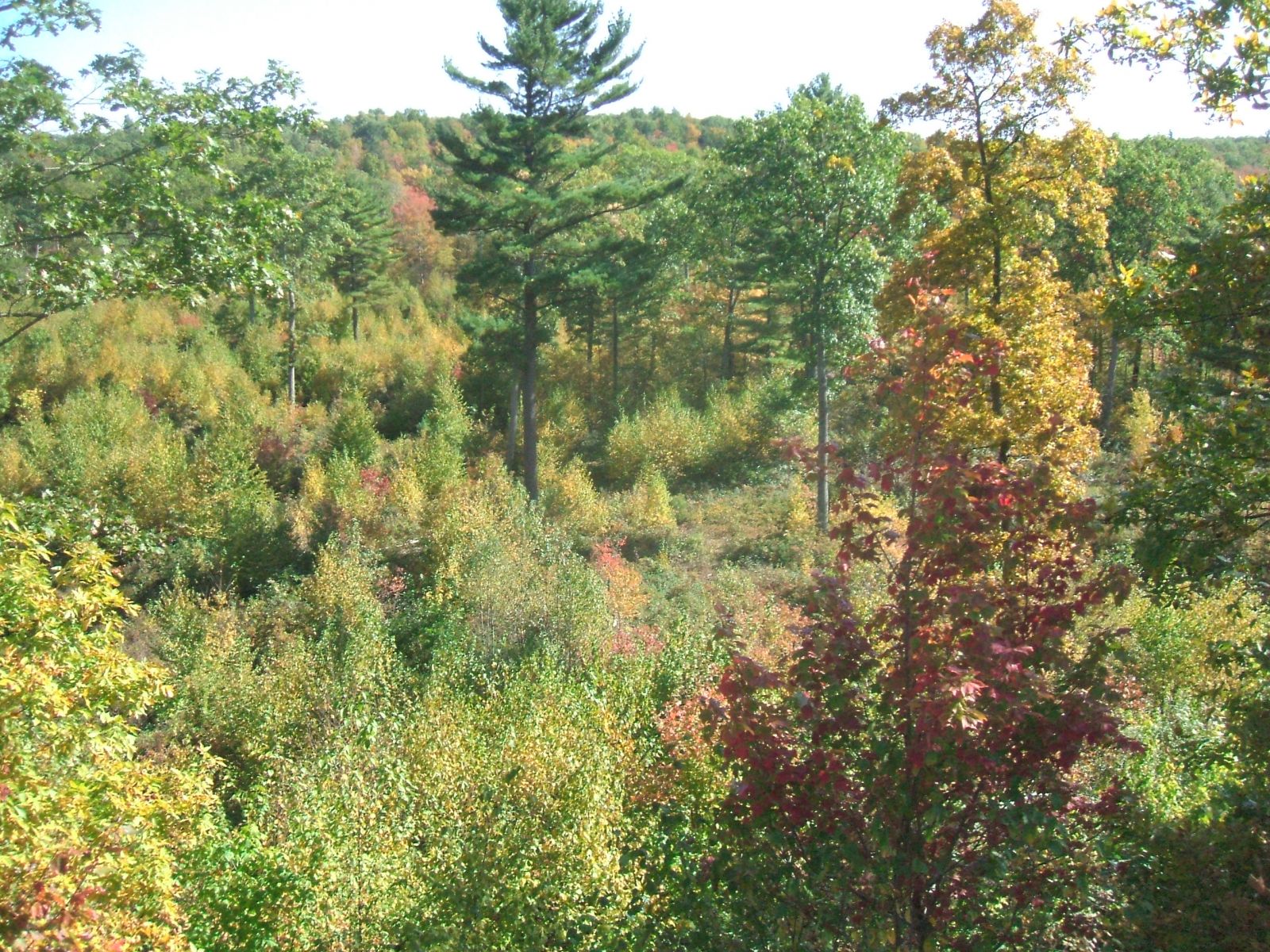Forest Management
The Yale Forests use science-based management to promote ecological and financial sustainability of our forest resources.
We consider the Yale Forests to be a working landscape, meaning the land is used to provide sustainable forest resources in addition to educational and research opportunities. We also work to ensure that the natural resources and ecosystems of the Yale Forests are cared for in a way that ensures ecosystem function, climate resilience, and respect for the land and those connected to it.
Management of the Yale Forests is an important applied component of forestry education at the Yale School of the Environment. Master of Forestry students and post graduate fellows, under the mentorship of professional foresters and faculty, regularly evaluate forest conditions. This knowledge of what is happening on the ground, combined with over a century’s worth of science on silviculture, allows our managers to make the most informed decisions possible.
The summer is a busy time for management at the Yale Forests. The Forest Manager, a fellowship held by a recent graduate, is responsible for carrying out the regular tasks associated with forest ownership. A resident group of student Apprentice Foresters, affectionately known as the “Forest Crew,” descend upon the forest each summer to put their education into practice by conducting the work of a field forester. Some of the many tasks they undertake on their way through the summer program include marking property boundaries, maintaining forest roads, inventorying and analyzing forest stands, developing silvicultural prescriptions, and implementing silvicultural treatments.
During the academic year, current students work alongside the Forest Manager as Assistant Forest Managers. A select group of faculty, who are also professional foresters, work with these Fellows and current students throughout the year, ensuring that the active management of our forests serve as a continuous educational opportunity.
The Yale Forests are comprised of multiple land holdings in central and southern New England. This region of the United States is unique in that it falls on the border between hardwood species of the central Appalachians and mixedwood species of the northern forest. This convergence of regional ecotypes creates a diverse forest with much to learn from. Additionally, the area was glaciated during the last ice age. The legacy of glaciation left this landscape as a heterogeneous mosaic of soil types, hydraulic conditions, and varying parent material, leading to a complex assortment of forest types and conditions.
The landscape in which the Yale Forests reside also has legacies of human use from both indigenous and colonial practices. Dating back to primary succession from a post-glacial landscape into forest at least 10,000 years ago, the landscape was managed by indigenous peoples to facilitate hunting and foraging, and to provide other important resources. Two hundred years ago, it was largely cleared by colonists and early Americans for agriculture, primarily pasture. The abandonment of agriculture on this land in the late 1800’s led to the forests we have today.
Many factors, including invasive species and climate change, challenge New England forests today. Stand replacing disturbances, such as fire and hurricanes, are rare; intermediate disturbances, such as blowdowns and individual tree mortality, are common on our forests. Silviculture on the Yale Forests strives to manage these challenges while maintaining a diverse, healthy ecosystem that will continue to support human use and ensure ecological integrity. We also use our forest as a living laboratory to test forest management techniques while providing educational opportunities which showcase these applied research approaches. Demonstrating success also requires demonstrating failure, and our science based management approach allows us to learn from both while continually improving our practices and adapting to new challenges that arise.
